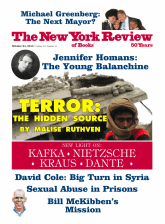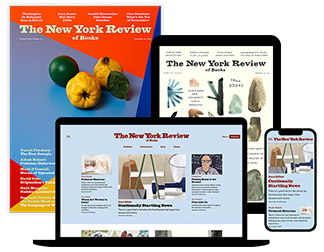Tolstoy’s novella Hadji Murad opens with the image of a beautiful thistle flower, wrenched from a ditch, that the narrator seeks to add to his bouquet. His effort to pluck it, however,
proved a very difficult task. Not only did the stalk prick on every side—even through the handkerchief I wrapped round my hand—but it was so tough that I had to struggle with it for nearly five minutes, breaking the fibres one by one; and when I had at last plucked it, the stalk was all frayed, and the flower itself no longer seemed so fresh and beautiful…. But what energy and tenacity! With what determination it defended itself, and how dearly it sold its life!
This late masterpiece, written in 1904 but never published in Tolstoy’s lifetime, was based on a real-life episode. In 1851 the Avar warlord Hajimurad al-Khunzaki, a confederate of the Imam Shamil, who led the resistance to Russia’s annexation of the Caucasus, betrayed his ally and went over to the Russians. In Tolstoy’s story he is driven by ambition, hoping to govern the Caucasian tribes under the “white tsar.”
The most telling portrayals in the story—apart from Hadji Murad himself, with his thistle-like mix of bravery, integrity, cunning, confusion, and childlike candor—are the complementary, almost symmetrical descriptions of Tsar Nicholas I and the Imam Shamil, both of whom are depicted as cold-eyed, ruthless autocrats who represent opposing forces of absolutism. As Tolstoy himself explained:
It is not only Haji Murad and his tragic end that interest me. I am fascinated by the parallel between the two main figures pitted against each other: Shamil and Nicholas I. They represent the two poles of absolutism—Asiatic and European.
This Issue
October 24, 2013
A Different Kafka
The Unknown Young Balanchine
-
1
“What Rules Should Govern US Drone Attacks?,” The New York Review, April 4, 2013. ↩
-
2
Cambridge University Press, 2005. ↩





